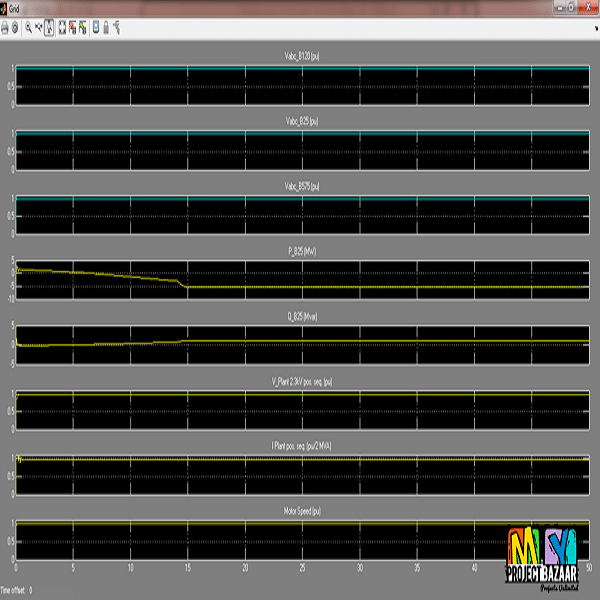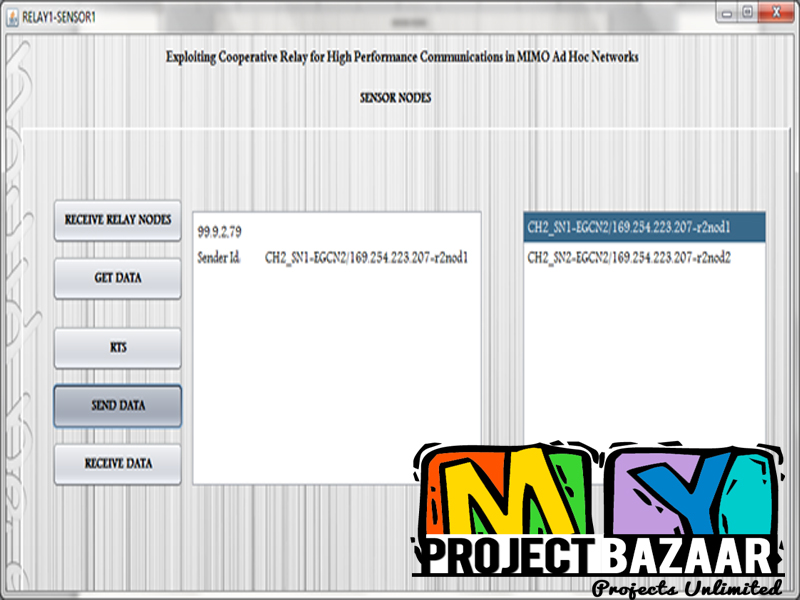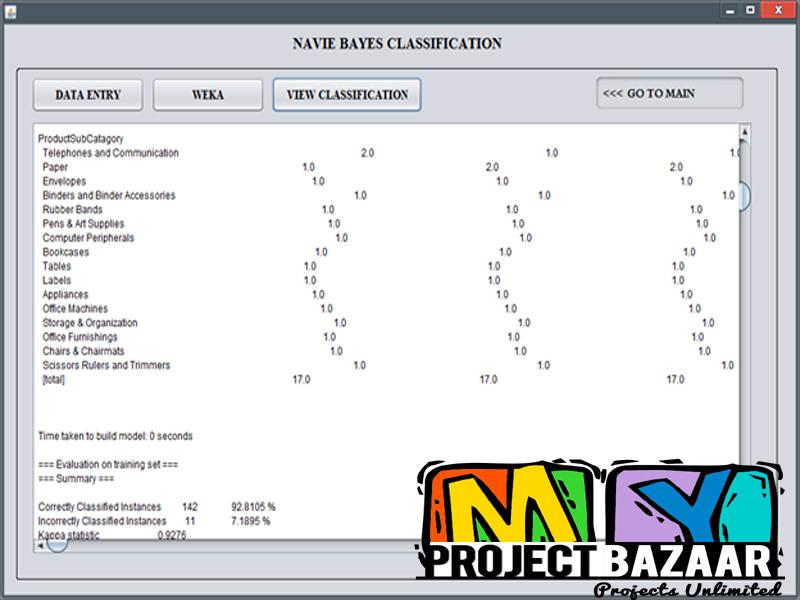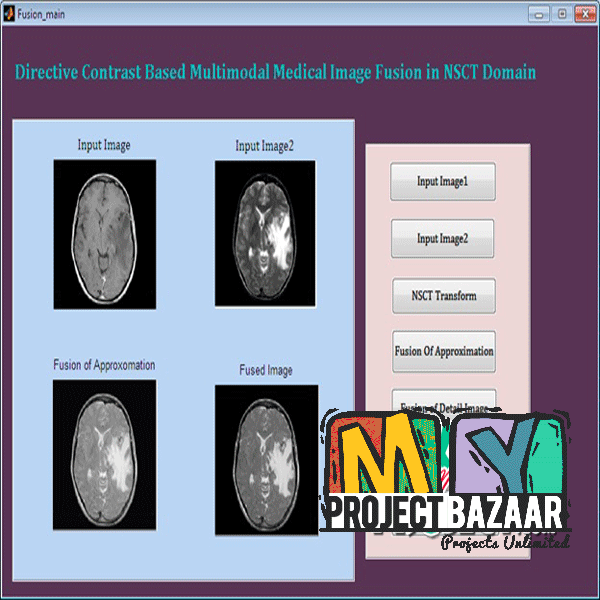A Coordinated Control Approach for DC link and Rotor Crowbars to Improve Fault Ride-Through of DFIG based Wind Turbine
Product Description
A Coordinated Control Approach for DC link and Rotor Crowbars to Improve Fault
Ride-Through of DFIG based Wind Turbine
Abstract– Nowadays, most double fed induction generators (DFIGs) based wind turbines are equipped with rotor crowbar connected in parallel with the rotor side converter (RSC). The parallel rotor side crowbar (PRSC) is used to protect the RSC and DC link capacitor by dissipating the rotor energy during grid fault condition. In this paper, two types of crowbar protections are used: one in the rotor winding and the second in the DC link. During the fault condition, the rotor winding crowbar connects in series with the rotor winding and RSC to decrease the RSC current and dissipate the rotor energy. The general PRSC does not have the ability to significantly decrease the over-current. To protect the semiconductor switches of RSC, DFIG should not be kept connected with the utility grids
under severe faults. The DC link capacitor crowbar (DCCC) operates only if the DC capacitor voltage exceeds a threshold level. Both the series rotor side crowbar (SRSC) and the DCCC operate in coordination with each other to protect RSC and DC link during fault condition and improve the fault ride through (FRT) of the DFIG. Using the proposed SRSC, RSC continues its operation to control the DFIG during fault condition. Thereby, the reactive power can be injected to support the voltage at the point of common coupling. The behavior of the DFIG is investigated when the combined crowbars are operating with the proposed coordinated control approach and results are presented.
Including Packages
Our Specialization
Support Service
Statistical Report

satisfied customers
3,589
Freelance projects
983
sales on Site
11,021
developers
175+Additional Information
| Domains | |
|---|---|
| Programming Language |


















